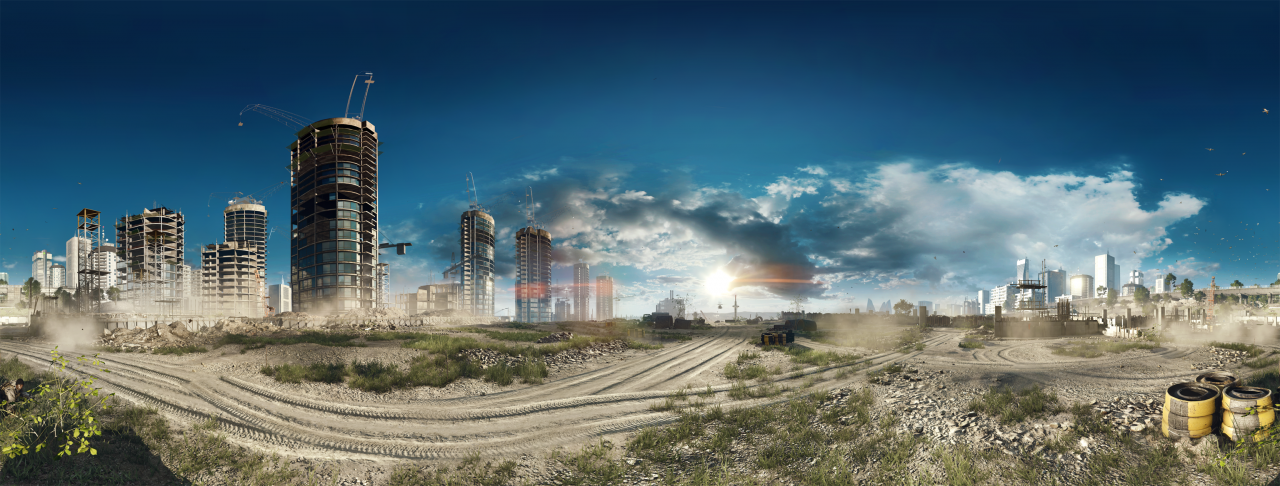
There are often asphalt elevated medians on highways, where the edge of the surface is a bit higher than the median portion. In the diagonal direction, this slope is called the camber. The camber of the road surface designs to drain rainwater away from the edges. The camber of a road surface is the slope in the transverse direction that helps drain off rainwater. The Cross-slope of a road is another name for it.
Structural Design of Camber
A camber rate normally expressed as 1: 1 or 1: n, or as a percentage, such as 1 in 50 or 2 %. Several factors influence camber design, such as the type of pavement and average rainfall. Surface water can be eliminated with steep camber.
Although they are not recommended because the surface will be worn down in a typical camber slope ranges between 2 and 3%. It’s a shoulder that’s 0.5% higher than the carriageway on straight segments of the road.
Types of Camber
1. Sloped Camber
When two straight surfaces meet in the crown, this type of camber is created. Road crowns are the most prominent points on the surface. The edge shape causes traffic to impede, so it is not commonly used.
2. Traditional Camber
Traditional camber is a feature that was once very prevalent in all snowboards.
3. Reverse Camber
These have many names, such as reverse camber, anti camber, bananas and continuous rockers. This type of camber is the opposite of traditional camber.
4. Hybrid Profiles
Camber, flat, and rockers are the three types of profiles in hybrids. Snowboard manufacturers use many different combinations of this.
Published By
Arka Roy
www.constructioncost.co
